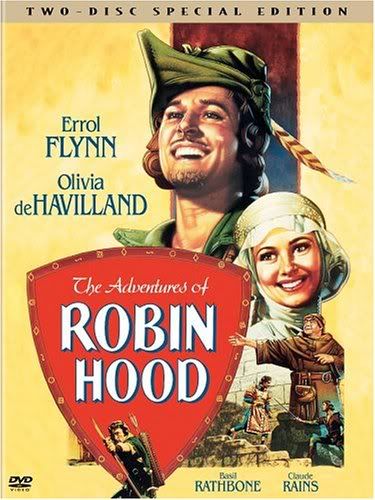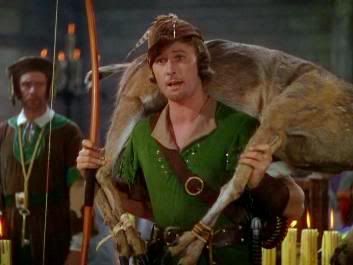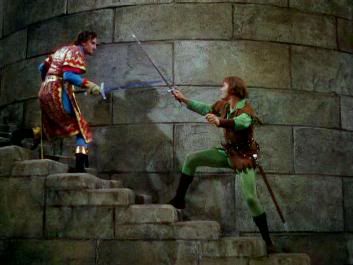
One of the reasons I love living near Philadelphia is the history. So much happened in that little port town in a short period of time before New York grew to gargantuan proportions and Washington, DC became the capital city. The reason Americans have a holiday to celebrate on this date, in fact the reason why Americans have a country, was a document signed in Philadelphia 234 years ago this year.
It was signed because a few colonial land-owners didn’t want to pay taxes to the British crown anymore.
…Okay, all right, there’s more to it than that. The English had demonstrated that America was something of an annoying step-child, a sore spot with the French and while its resources were valuable to the Empire, the populace was somewhat irritating. After the French were beaten in the North American front of the Seven Years’ War (commonly known as the ‘French and Indian War’ in America, because who cares what the rest of the world calls something), England turned their attention to some of things America had been doing that the English didn’t like. Americans were skirting mercantile procedures to bolster their own profits, pushing westward despite angering the native tribes and were training militia rather than relying on troops from England. King George’s response was first to ask the colonies to help with the cost of the war fought on their soil (this was the ‘no taxation without representation’ thing), and then to tax the colonies directly, quarter troops in colonial homes and refuse to recognize colonial commissions of officers, basically sending the message that American soldiers were not as good as English ones.
So everybody was a little pissed off all around.
Thomas Paine wrote Common Sense, which became a best-selling book on American shores with over 500,000 copies in circulation during the first year – impressive even by today’s standards. It glossed over the philosophies of Rosseau and Locke that were informing the impulses of American movers and shakers towards libertarian thinking, and presented the argument for independence to common American folk, by way of making the argument something of a sermon. So the American rhetoric began as it meant to go on, it seems.
Back in those days, freedom for Americans means freedom from foreign rule. Nowadays, freedom for most Americans seems to mean freedom to do whatever the hell we want to whomever the hell we want, whenever the hell we want. That sounds less like a democracy and more like anarchy to me, or at the very least an autocracy. Most Americans need someone to tell them what to be afraid of and who to hate today, at least. But there I go again, breaking the promise I made that I wouldn’t let this blog get political.
What bothers me is that this holiday, the day on which Americans celebrate the fact that they did win freedom from foreign rule, has been ‘dumbed down’ in a sense, at least for me. In fact American nationalism feels kind of dumb of late. Instead of singing “The Star-Spangled Banner,” which is in fact our national anthem, a lot of sporting events and whatnot begin with “God Bless America.” The implication of that, for me, is that God should bless America and no place else. I hate to break it to these so-called patriots, but there are nations in the world other than America that need help from the Divine a lot more than we do. The worst thing we have to worry about is running out of oil or pissing off another country so much that they nuke us. Other countries have people wondering what the hell they’re going to feed their kids today.
Americans have that problem, too, but ask the average conservative Republican if they care.
I’m going to veer into political territory one more time, if you’ll indulge me. To me, being an American means having freedom of thought and expression. We are forgers of our own destinies as individuals, and any force that seeks to oppress, dumb down or stifle our ability to think and decide for ourselves should be our enemy, not necessary a foreign power with a different point of view. We should be worrying about how to feed and educate our children, honor and care for our elderly, employ those in need of a job and play a positive role in the future of our planet.
Instead we are told to buy what we can, even if we can’t afford it, that we should be afraid to go anywhere outside of America and any notion of health care or fuel supplies that cost less (if indeed they cost anything) are decidedly un-American. All “good” Americans should bow down to the Free Market the way they bow down to the blond-haired gun-toting Jaysus that loves little fetuses and hates anybody who worships anything other than Himself, meaning Jaysus is “a good American.”
I hope I don’t need to go into detail as to why that line of thinking is bullshit.
Francis Scott Key asks the question “Oh, say does that star-spangled banner yet wave o’er the land of the free and the home of the brave?”
To me, it does, and it will. As long as people continue to think freely, and bravely rail against notions that seek to stupefy, retard or oppress the rights of the individual, it’ll wave proudly. This is why I call today ‘Independence Day’, not ‘the 4th of July’. This is why I pay as little attention to fanatical rhetoric from either side of the political debate as possible – in the case of the right, I follow some folks on Twitter just to know what the enemy is thinking. I want to engage my brain when I salute my flag, you see. I don’t want to do it just because some bloated blowhard tells me I should. I want to be proud of this country and, in a way, I am.
I’m proud of the fact I can bang out all of these words without fear of getting dragged away in an unmarked van to be shot behind the chemical shed. I’m proud that the people with whom I disagree can be marginalized or even ignored because nobody in this country has absolute power. I’m proud that in spite of all of the free-floating negativity, people are still out there trying to do good, making an effort to improve the world around them instead of just fattening their own pocketbooks and being kind to one another – and some of those people happen to be Americans, thank God.
Yes, Americans are arrogant. Yes, we throw our weight around a bit more than we should. And yes, we have a lot of humble pie to eat from the last decade or so of shenanigans we’ve perpetuated in the name of defending ourselves.
But America is still a country worth defending, and even if in the future the word ‘expatriate’ might follow my nationality, I’m proud to be an American.
Happy Independence Day, everyone.










